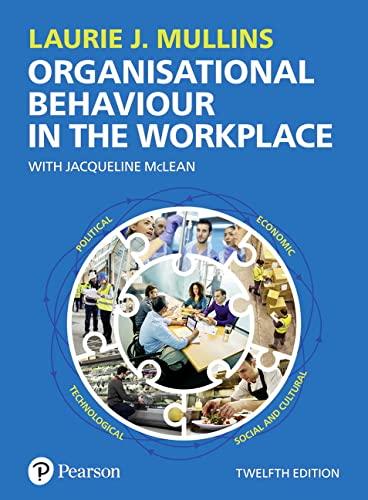Question
1-Video Lesson - The Basics of Capital Budgeting The Project X has just one outflow: -$1,000 at t = 0, this means that it
1-Video Lesson - The Basics of Capital Budgeting The Project X has just one outflow: -$1,000 at t = 0, this means that it is not discounted and its PV = -$1,000. (Note: If the project has more than one outflow, you need to find the PV at t = 0 for each one and sum them to arrive at the PV of total costs for use in the MIRR calculation.) You need to find the future value of each inflow compounded at the WACC out to the terminal year, which is the year the last inflow is received. (Hint: Assume that cash flows are reinvested at the WACC.) You have the cost at t = 0, -$1,000, and the FV. There is some discount rate that will cause the PV of the terminal value to equal the cost. That interest rate is defined as the MIRR. (Note: Using your financial calculator, enter N = 4, PV = -1,000, PMT = 0, and FV. Then when you press the I/YR key, you get the MIRR. Some calculators have a built-in MIRR function that streamlines the process. In Excel, you can use either the RATE function or MIRR function to calculate the MIRR.) Project X WACC = 10% 0 1 2 3 4 Inflow -$1,000 $500 $450 $350 $200 Complete the following table. NPV= = FV = MIRR= Grade Step 1 (to complete this step and unlock the next step)
Step by Step Solution
There are 3 Steps involved in it
Step: 1

Get Instant Access with AI-Powered Solutions
See step-by-step solutions with expert insights and AI powered tools for academic success
Step: 2

Step: 3

Ace Your Homework with AI
Get the answers you need in no time with our AI-driven, step-by-step assistance
Get Started



